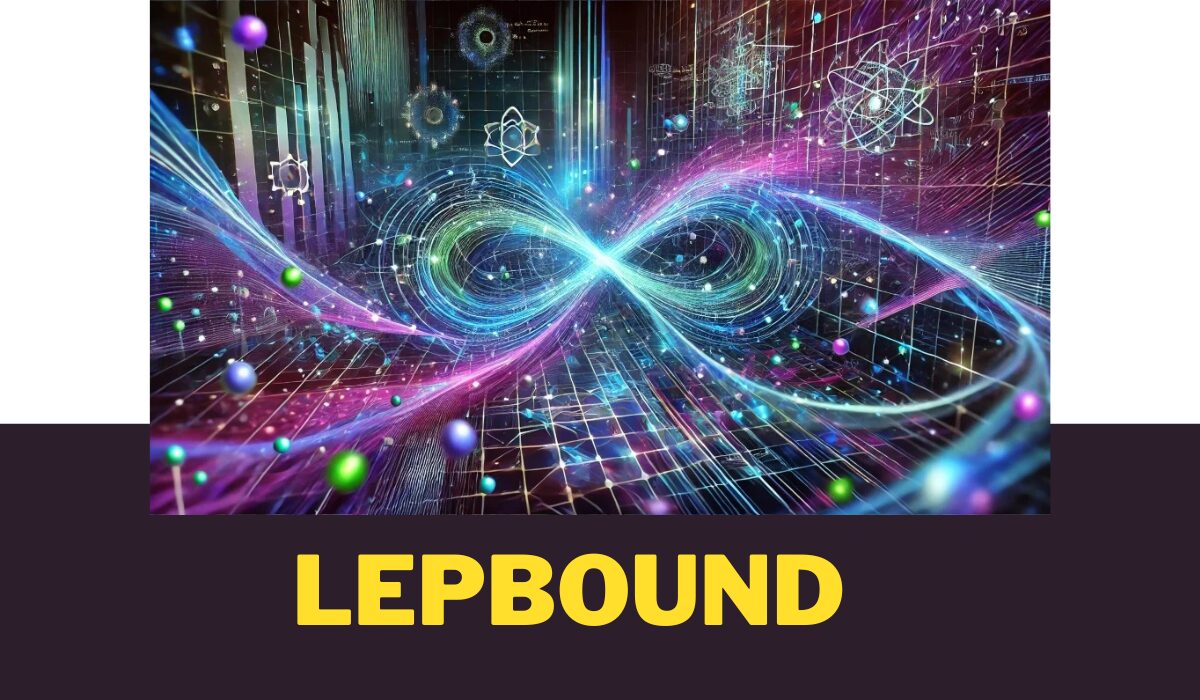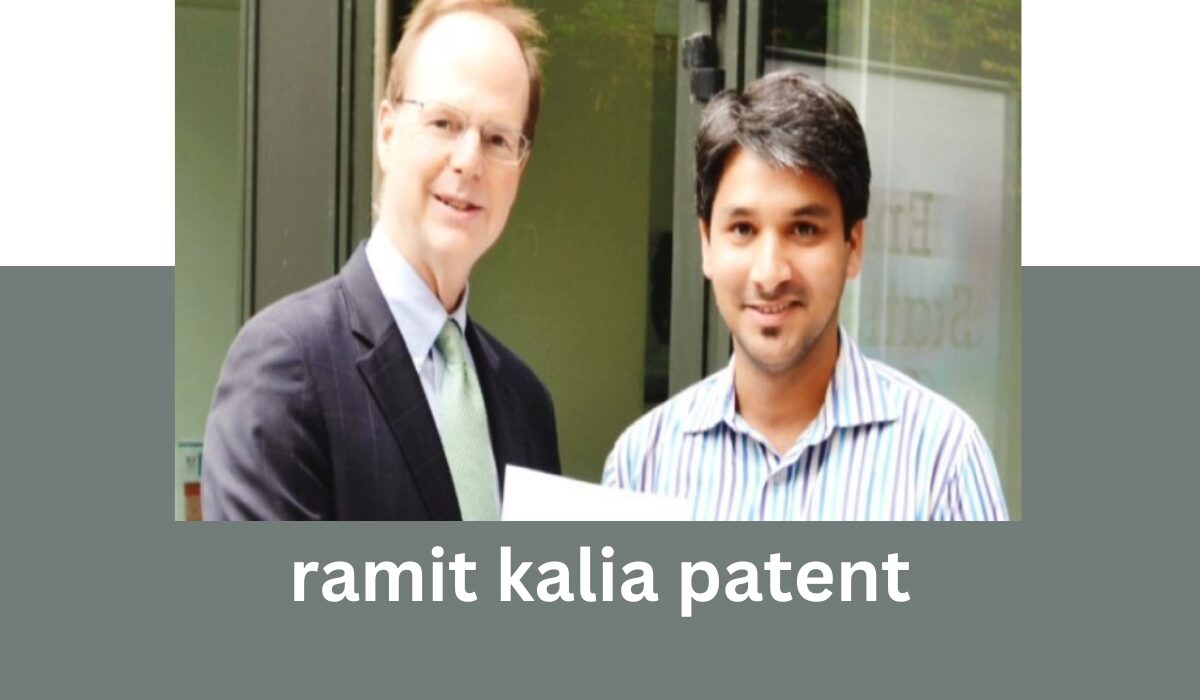Table of Contents
ToggleIntroduction to LEPBound
When it comes to particle physics, setting limits is essential. This is where LEPBound comes into play—defining experimental constraints based on data from the Large Electron-Positron (LEP) collider. The concept of LEPBound reflects the maximum energy thresholds or exclusion zones for the masses of certain particles or theoretical interactions. Essentially, it narrows down which particles could exist under given conditions, providing critical insights into both the Standard Model and theories beyond it.
Since the search for unknown particles extends into uncharted realms of physics, tools like LEPBound help us figure out what doesn’t exist or must be heavier than previously predicted. While the collider has been decommissioned since 2000, the constraints it produced still guide modern experiments and theories. In this article, we’ll dive into what LEPBound means, how it works, and why it’s so important for physics.
The Role of LEP (Large Electron-Positron Collider)
The LEP Collider was an experimental marvel of the late 20th century, helping physicists unravel fundamental questions about subatomic particles. Operated at CERN from 1989 to 2000, LEP smashed electrons and positrons together at extremely high energies to investigate the inner workings of the Standard Model.
Key Experiments at LEP
Some of the most remarkable discoveries included precise measurements of the Z boson’s properties, which gave physicists a much clearer understanding of the weak force. However, what makes LEP truly groundbreaking is how it set exclusion limits for new, hypothetical particles—giving rise to what we now call LEPBound. From neutralinos to Higgs bosons, LEP experiments narrowed the possibilities, providing a basis for what particle physicists should or should not expect from nature.
What is LEPBound? Defining the Concept
LEPBound refers to the experimental and theoretical constraints derived from LEP data. These limits play a key role in refining physics models, especially as they dictate whether new particles, such as supersymmetric ones, could exist. When a collider like LEP fails to produce a certain particle at predicted energies, it imposes a “bound”—an upper limit on the particle’s mass or interaction strength.
Impact on Beyond Standard Model (BSM) Physics
The significance of LEPBound extends beyond the Standard Model. It acts as a benchmark for models like supersymmetry (SUSY) and dark matter theories, guiding theorists by ruling out certain parameters. For example, if a predicted supersymmetric particle is expected to exist below a specific mass and LEP fails to detect it, that particle is ruled out within the specified mass range.
Mathematical Foundation of LEPBound
LEPBound constraints are grounded in statistical methods used to analyze data collected from high-energy collisions. Researchers look for coupling constants, which describe the interaction strength between particles, and cross-sections, which indicate the likelihood of a particular interaction occurring. LEPBound reflects the exclusion zones where these cross-sections fall below detectable thresholds.
Calculation of LEPBound Constraints
LEP experiments gather an immense amount of collision data to determine exclusion limits. If a certain interaction or particle is not observed, physicists can calculate the probability of its non-existence up to a given confidence level—typically 95% or higher. These mathematical models ensure precision and reliability, giving LEPBound its scientific authority.
LEPBound in the Context of Standard Model Physics
LEP’s role in the Standard Model was instrumental in verifying key aspects, such as the behavior of the Z boson and the W boson. However, it also provided important constraints on other particles, including the elusive Higgs boson.
Higgs Boson Search and LEPBound
Before the LHC discovered the Higgs boson in 2012, LEP’s data helped set upper and lower bounds on the Higgs mass. LEPBound indicated that if the Higgs boson existed, it needed to have a mass greater than 114 GeV. This bound was critical in narrowing the search space for later experiments at the LHC.
Implications of LEPBound for Supersymmetry (SUSY)
Supersymmetry, or SUSY, predicts the existence of partner particles for every known Standard Model particle. However, LEPBound data posed challenges to some SUSY models by eliminating low-mass candidates. This forced theorists to rethink or refine their predictions.
Comparison with LHC Results
The LHC’s results further expanded on LEPBound, but they still complement one another. LEP’s precision measurements set essential benchmarks that helped shape the design and expectations for LHC experiments. Together, the two facilities provide a comprehensive picture of particle physics.
LEPBound’s Role in Dark Matter Research
Dark matter remains one of the biggest unsolved mysteries in physics. Although it doesn’t interact with electromagnetic forces, physicists have hypothesized the existence of Weakly Interacting Massive Particles (WIMPs) as dark matter candidates. LEP’s precise measurements placed limits on the mass and interaction strength of potential WIMPs. LEPBound data ruled out a range of light dark matter particles, focusing future research on heavier candidates that could still fit within theoretical models.
The limits derived from LEP also informed searches for neutralinos—particles predicted by supersymmetry that could serve as dark matter. By restricting possible neutralino masses, LEPBound narrowed the focus for future dark matter detectors and LHC experiments.
Practical Applications of LEPBound Beyond Particle Physics
While LEPBound data is rooted in particle physics, its implications reach far beyond. In cosmology, for example, the constraints on dark matter and other particles inform models of the universe’s evolution. Understanding what particles can and cannot exist helps refine theories about the early universe, particularly during the moments following the Big Bang.
Additionally, the LEPBound framework is useful in astrophysics, where it contributes to models of stellar evolution and black hole formation. Particle interaction limits provided by LEPBound assist in simulating conditions in extreme environments, like the cores of stars or neutron stars. Even though LEP’s focus was on subatomic particles, its data continues to have real-world applications in these broader fields.
Challenges and Limitations of LEPBound
Although LEPBound provided essential constraints, it comes with certain limitations. One challenge lies in the statistical nature of exclusion limits. While LEPBound offers high confidence in ruling out certain particles, there is always a small margin for error inherent in any experimental process.
Experimental Errors and Limitations in Detector Sensitivity
Another issue concerns detector sensitivity. The LEP detectors, while highly advanced for their time, had certain calibration limitations that may have introduced slight biases. If a particle’s cross-section was too small to detect, it would still remain undetected even if it existed. These factors highlight the importance of future experiments that can push beyond LEP’s technical boundaries.
Furthermore, systematic errors—such as small misalignments in particle beams—could influence the final exclusion limits. While LEP’s results were extremely reliable, physicists are aware of these experimental challenges and continually strive to refine data analysis techniques to reduce uncertainties.
Future Prospects of LEPBound in Particle Physics
Despite the decommissioning of LEP, the LEPBound framework still influences modern experiments and will continue to do so for years to come. Particle physicists are working on new colliders, such as the proposed Future Circular Collider (FCC), which would expand on the precision of LEPBound. These future facilities aim to operate at much higher energy levels, providing deeper insights into fundamental particles and forces.
By incorporating LEPBound constraints, physicists can design smarter experiments and avoid wasting resources on particle searches that have already been ruled out. In this way, LEPBound remains a cornerstone for ongoing and future research.
You May Also Like:
Oridzin vs. Others supplements : What Sets It Apart?
Conclusion
LEPBound stands as a testament to the power of experimental physics. It provided critical constraints on particles and interactions, guiding physicists in their quest to understand the universe. Whether it’s refining the Standard Model, ruling out hypothetical particles, or advancing dark matter research, LEPBound has proven invaluable in multiple ways. Even after the LEP collider ceased operations, the data and exclusion limits it produced remain highly relevant. Future experiments will build on this foundation, using the insights from LEPBound to unlock even more secrets of the universe.
As new particle colliders come online, LEPBound will serve as a blueprint for precision experiments, ensuring that research stays focused and efficient. In the end, LEPBound reminds us that progress in science often comes not just from discovery, but also from knowing what to exclude.
FAQs About LEPBound
1. What does LEPBound tell us about the Higgs boson?
LEPBound played a key role in early Higgs searches, setting the lower mass limit at 114 GeV. This helped narrow the search area for the LHC, which eventually discovered the Higgs boson at around 125 GeV.
2. How is LEPBound used to rule out new particles?
LEPBound establishes exclusion limits by setting thresholds for the masses and interaction strengths of particles. If a particle isn’t observed within the expected energy range, it is considered unlikely to exist below that threshold.
3. What makes LEPBound different from LHC constraints?
While the LHC operates at higher energies, LEPBound is known for its precision measurements, particularly in studying the Z boson and weak interactions. LEPBound constraints complement LHC data by refining predictions and narrowing down search spaces.
4. How does LEPBound contribute to dark matter studies?
LEPBound helps guide dark matter research by setting mass and interaction limits on potential candidates, such as neutralinos. It ensures that experimental efforts focus on the most promising mass ranges and interaction strengths.
5. Can future colliders improve on LEPBound’s limits?
Yes, future colliders like the FCC or ILC are expected to surpass LEPBound’s precision and energy limits. These next-generation experiments will further refine exclusion zones and potentially discover new particles beyond the Standard Model.










